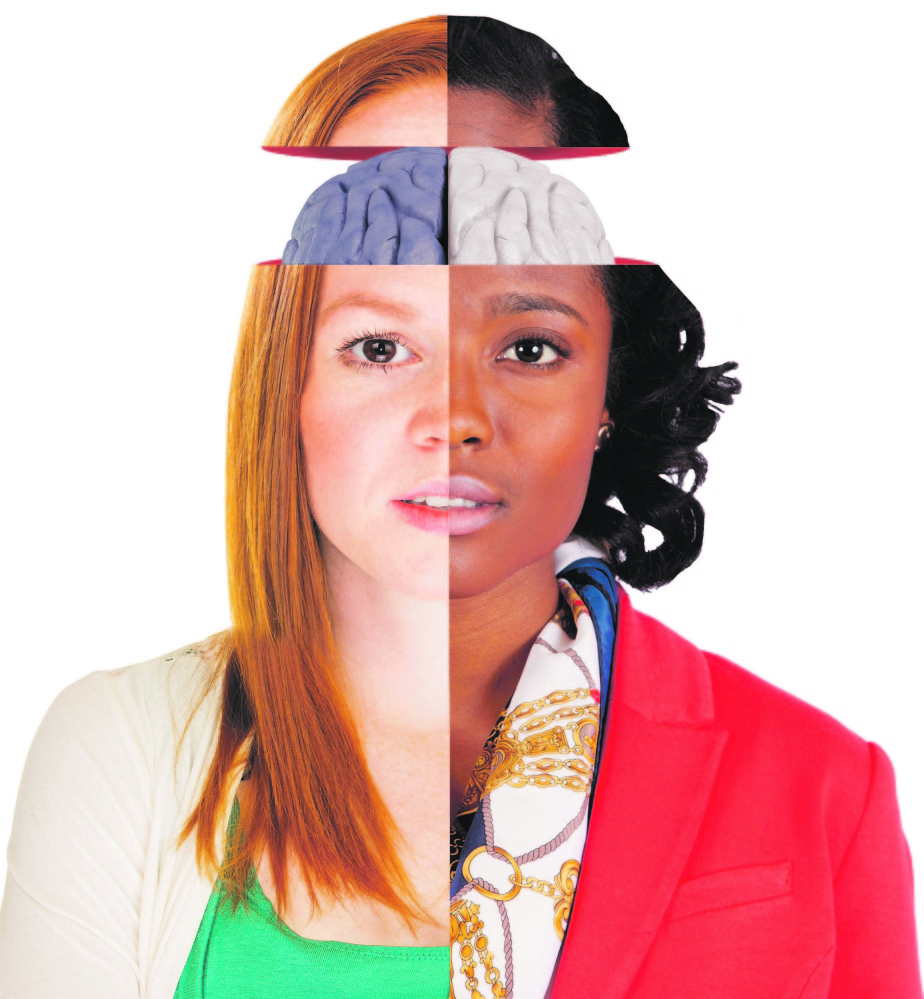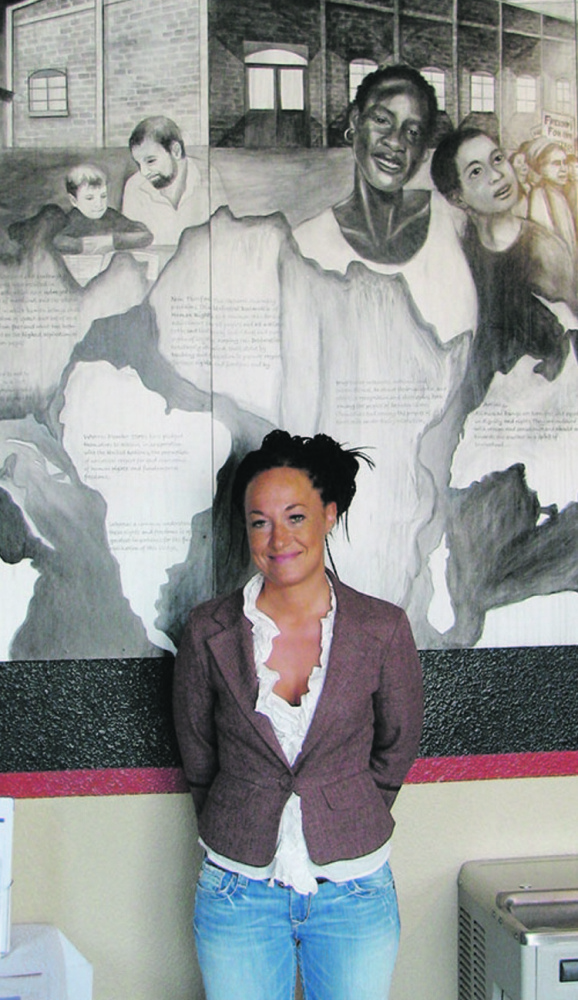While people continue to question the motivation behind former NAACP official Rachel Dolezal’s claim that she is black, scientists say identity, even racial identity, doesn’t arise from any single place in the brain.
Individuals contain different selves, often contradictory selves, according to neuroscientists. There is no clump of gray matter or nexus of electrical activity in the brain that we can point to and say, “this is me, this is where my self is located.” Instead, we are spread out over our brain, with different areas of cortex controlling different aspects of who we are, from what we see and hear to how we think and feel.
For instance, the medial prefrontal cortex, the part of the brain located just behind the forehead, is activated whenever we think about ourselves. But when we think about how someone else thinks about us – does my spouse think I’m pretty? – the medial prefrontal cortex disengages and the posterior part lights up. Culture and community, neuroscience tells us is, are important constituents of identity, which may explain why children understand social interactions before they even learn to talk. Identity, in other words, is complicated.
Carolyn Yoon, a cognitive psychologist at the University of Michigan’s Institute for Social Research, says she doesn’t “see what the big controversy is” regarding Dolezal’s claim to identify as a black person.
“That’s a reasonable view in my book,” Yoon said. “Identity is highly malleable and is a function of what she comes in contact with, what she spends her time doing, is interested in and motivated by. Over time that will change your brain.”
Given that our brains are continually being reshaped by experience, it should come as no surprise that cultural habits and behaviors can shape brain pathways. In a number of experiments, researchers have found that in people who believe that individuals are judged by God, the part of the brain associated with self-judgment decreases in activity while the part associated with taking someone else’s point of view, increases in activity.
In individuals adhering to the Christian faith, which holds that people are judged by God, the part of the brain associated with self-judgment decreases in activity while the part associated with taking someone else’s point of view, increases in activity.
The discovery of mirror neurons in the 1990s helps explain why our relationship to others is such a powerful influence on our sense of selves. Mirror neurons are a special class of brain cells that fire not only when a person performs a particular action, but also when he or she observes that action in someone else.
Mirror neurons, for instance, help explain why we flinch when we see a car door slam on someone else’s hand or frown in response to someone else’s sad story. Evolutionary psychologists believe mirror neurons developed to help us interpret and predict other people’s emotions and actions, something critical for survival. In other words, we don’t reason our way to understanding others, we feel our way.
There is increasing evidence that self-deception is also a function of a simple cognitive process whereby we seek information selectively. We choose the details we want to believe and then we believe them. Robert Trivers, an evolutionary biologist, goes further in explaining why self-deception is adaptive: We deceive ourselves, he says, because it then makes it easier to deceive others. In a 2000 paper “The Elements of a Scientific Theory of Self-Deception,” Trivers asks about the benefit of lying to oneself.
“Only in interactions with other organisms,” he writes, “would several benefits seem to arise. Because deception is easily selected between individuals, it may also generate self-deception, the better to hide ongoing deception from detection by others.”
It occurs from the personal to the institutional, he adds, and includes the self-deceptions that often underlie instances of military incompetence, when battles are lost that should have been won because of the self-deception of a leader.
“Self-deception appears to be a universal human trait which touches our lives at all levels,” Trivers writes, “from our inmost thoughts to the chance that will be annihilated together in warfare.”
No one knows at this point why Dolezal needed to say she was black, but certainly her early experiences with African-American siblings may have led to a closer identification with them than her white parents.
There is certainly historical precedence for passing as black. Effa Manley was born to Bertha Brooks, a white woman, in Philadelphia in 1900. Brooks was married to an African-American man and so Effa grew up with six biracial siblings.
Although blonde-haired, hazel-eyed Effa believed she also was biracial until her teens when her mother told her the truth, she actually was the product of an affair her mother had with a white man.
Nonetheless, Effa lived our her life as a black woman: She married an African-American man, lived in Harlem and became the well-known co-owner of a Negro League baseball team.
She also belonged to the NAACP and the Urban League and was once profiled in Ebony magazine.
Whether it was her early life experiences, self-deception or mirror neurons – or all three – Effa Manley saw herself as a black woman, which is why she could muse to a reporter when she was in her 70s, “I’ve always wondered what it would be like to associate with white people.”
Walt Whitman explained the phenomenon more than 150 years ago: “I am large, I contain multitudes.”
Send questions/comments to the editors.




Success. Please wait for the page to reload. If the page does not reload within 5 seconds, please refresh the page.
Enter your email and password to access comments.
Hi, to comment on stories you must . This profile is in addition to your subscription and website login.
Already have a commenting profile? .
Invalid username/password.
Please check your email to confirm and complete your registration.
Only subscribers are eligible to post comments. Please subscribe or login first for digital access. Here’s why.
Use the form below to reset your password. When you've submitted your account email, we will send an email with a reset code.